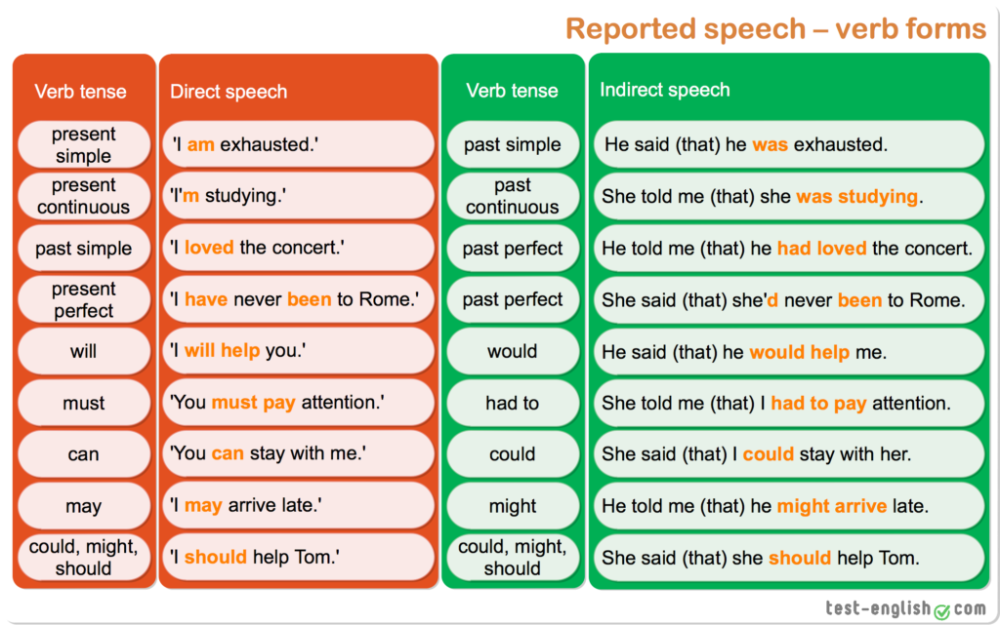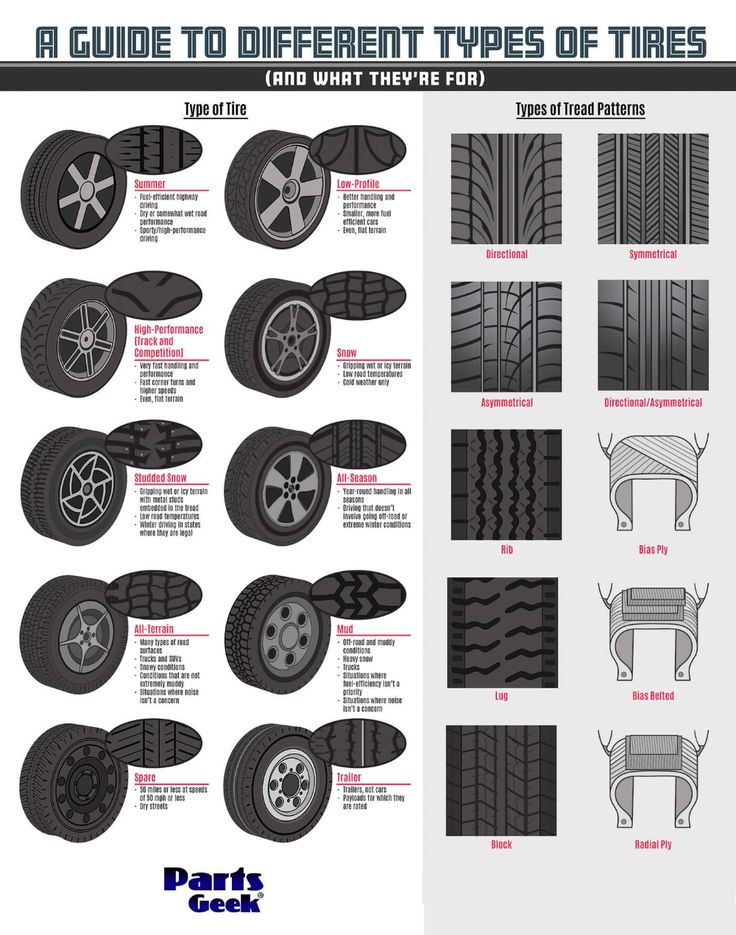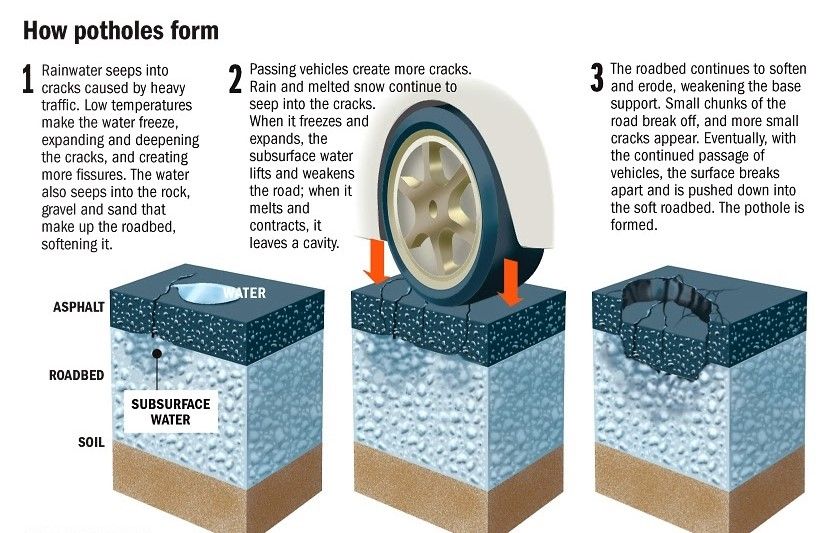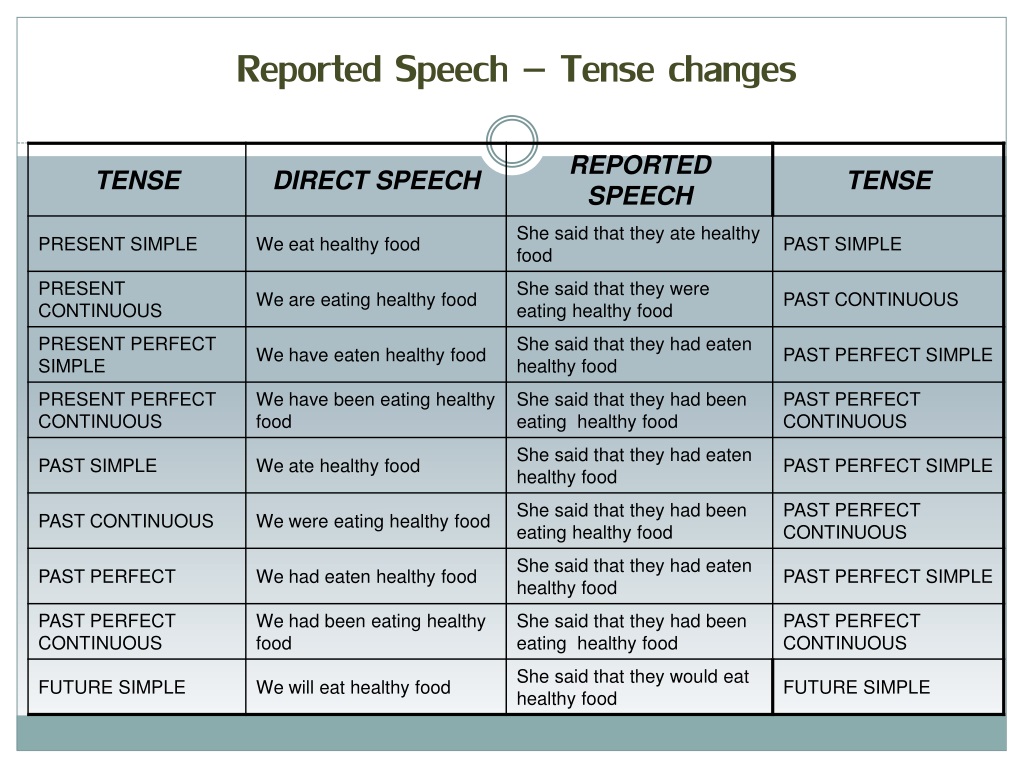If you live in a wintry locale of America or Canada, you should sport winter tires on your vehicle to improve its on-road traction and safety credentials. While it is mandatory by law to install these tires in a majority of cold-weather countries worldwide, they are not generally mandated here in most parts of North America. Some even argue why making winter tires mandatory isn’t the best solution.
It is why most people do not equip their vehicles with winter/snow tires during the snowy season — despite the clear and influencing science of their safety benefits; and which are now more affordable, convenient, and practical than before.
According to a 2018 study by the United States Department of Transportation Federal Highway Administration, Americans cover around 13,476 miles per year. On the other hand, Canadians travel an average of 20,000 to 25,000 kilometers per year, which is almost the same as Americans.
While it relies heavily on the harshness of particular winter weather and region, most car owners install winter tires in mid-November and change them with summer or all-season tires around mid-March when many take their ride out of winter storage.
We can safely say drivers use these tires for four to five months every year. If we consider the average mileage of motorists in the U.S., they will travel around 4,500 miles in four months.
We spoke with Sailun Tire — a tire brand quickly gaining recognition as a high-quality, budget-friendly option for tire shoppers — who tell us winter tire longevity/mileage ratings are normally measured by how many seasons they last; that this isn’t an exact number but, generally speaking, also agree the answer at 4-5 seasons, including their Ice Blazer WST1 product — a studdable winter tire designed for maximum traction in severe weather conditions.
But Sailun adds, “However, that depends on each driver, driving habits, and whether they are diligent with 7 degrees Celsius on/off. It is also fair to mention a winter tire replacement is when a the tire reaches 4/32 remaining tread.”
Therefore, a winter tire with a warranty of up to 6 years and 40,000 miles tread life projection could theoretically survive for about nine winter seasons.
Naturally, some people will drive more than an average driver (or much less). Whatever is the case, you should expect a winter tire to survive for at least 4 to 6 years. If you consider the expense of buying four is around $500, it takes your total cost per season to less than $75.
If they last for good eight years, the cost would be even less, of course. We believe most owners would concede that $75 is an excellent investment for additional security while motoring in winter.
Manufacturers mostly create winter tires with a much softer rubber compound than all-seasons. Therefore, they usually have lower wear ratings than their all-season counterparts. Some tire makers mention the expected distance use to prevent consumer dispute.
Therefore, they usually have lower wear ratings than their all-season counterparts. Some tire makers mention the expected distance use to prevent consumer dispute.
The actual mileage will depend on several factors such as vehicle type and weight, driving behaviour, and road conditions. Furthermore, it will rely on your punctuality to change the winter tires in the spring and the way you store them.
Ensure you do not drive with winter tires in warm/hot weather, and always replace them with summer tires before the spring starts. Keep in mind the 7 degrees Celsius rule; when the temperature rises above this, know it is time to change your winters.
Winter in some parts of Canada and America can be really tough for drivers. However, fixing winter tires is one great way to keep your commutes safe. With tire technology advancing and winter tires becoming more affordable, the reasons to swap out for snow-rated tires are more realistic.
If you’re in the market for new snow-rated tires, here are top picks for the best winter tires.
Blog
Maintenance
PreviousHow long do snow-rated tires last? Is it possible to properly maintain them for a couple extra snowy seasons? Here, we discuss how to maximize winter tire value and life.
Research Categories
Get free, simple, and expert-backed tips on everything you need to know about buying your next vehicle (or making your current one last longer).
Sign Me Up!
Maintenance | Jan 11, 2023
What is a block heater and how does it work exactly? How many amps does a block heater draw and much does one cost? When is the right time to use it, particular. ..
..
Maintenance | Jan 9, 2023
What exactly are all-weather tires and how do they differ from all-season tires? How do they perform in the winter during the cold months, and can they be used...
Read this StoryMaintenance | Jan 4, 2023
Your car is one of the biggest investments you’ll ever make—and taking steps to protect it from the ravages of the winter travel season in Canada is a smart way. ..
..
Maintenance | Nov 15, 2022
Batteries live a sad and lonely life, and they can suddenly die for a variety of reasons. When your battery dies, you can figure those reasons out later with th...
Read this StoryMaintenance | Nov 8, 2022
Warning lights in the instrument cluster provide information on potential vehicle issues and safety concerns. We have a list of many of them and what they mean....
We have a list of many of them and what they mean....
Maintenance | Nov 4, 2022
There may be several lights in your car’s instrument cluster, but the one that always seems to stand out is the one you don’t want to see: the check engine ligh...
Read this StorySearch All Vehicles
Or
Get Pre-Approved
Consumer disputes over the age of tires have not subsided for several seasons. Buyers are excited that the warranty period for tires is limited to 5-6 years according to GOST, and after the expiration of this period, the rubber becomes unusable.
Is this really the case, read this article.
Manufacturers of most brands on their products set Shelf life is 5 years and service life is also 5 years .
The shelf life of a tire is the period during which it retains its performance when properly stored.
The end of this period does not mean that the tires have become unusable . A shelf life of 5 years is given by manufacturers because, by law, they cannot set a shelf life higher than the service life. Tires over 5 years of storage cannot be called damaged or defective, their technical characteristics may be slightly reduced. American researchers argue that the period of storage of "shoes" must be at least 10 years. Experts from Germany are sure that it cannot exceed 6 years.
The expiration date of tires is the warranty period during which the manufacturer is responsible for the quality and condition of the tire if it was used for its intended purpose without violating the operating rules.
According to Russian legislation (GOST 5513, GOST 4754-97) , the service life of tires is 5 years from the date of manufacture.
How can I find out the date of manufacture of tires?
You can find out the age of tires by a special DOT code. Tires manufactured after 2000 in the DOT code contain two pairs of numbers, where the first pair indicates the week number of the year, and the second pair indicates the year. Earlier tires before 2000 have 3 numbers in their composition, where the first two digits are the week number, and the last one is the year (see the transcript in the photo).
Determination of the average shelf life of a tire according to GOST and operating conditions.
- The symbol ZR denotes tires for high-speed cars. They are recommended to be used at speeds over 240 km/h. up to 6 years
- Tires with the H symbol are used at a maximum speed of 210 km/h. within 5 years.
- The sign S symbolizes the maximum permissible speed of 180 km/h. and operational period of 4-5 years.
Most tire manufacturers do not agree that tire life is limited to 5 years. Each company has its own opinion on this matter. We analyzed several of them and the information they posted on their official websites.
Michelin
The French tire manufacturer Michelin has become famous for its active fight against the perception of the rapid aging of tires as a perishable product. Her information campaign "Tires Are Not Bananas" created a lot of noise in the automotive environment. According to the representative office, several test trials were carried out in Saudi Arabia, South Korea and Germany. As a result of testing, no difference was found between new tires and tires stored for 3 years. They were tested for various characteristics such as rolling resistance, high speed durability, etc. Tires with a year life were approximately equal in performance to 10-year unused tyres.
Tires with a year life were approximately equal in performance to 10-year unused tyres.
Michelin focuses the attention of car owners on the fact that tires are not a perishable product, their shelf life is not as important as the service life is important, starting from the date the tires are installed on the rims. It is from this moment that the tire is subjected to all tests: pressure, temperature changes, wear, contact with uneven and sharp coatings, etc.
Continental
On the Russian official website of Continental, we found the following information on the expiration dates of tires.
“When a tire is stored in the correct position and under the recommended conditions, it will not lose its original balanced performance for 5 years from the date of manufacture of the tire.
A properly maintained, unused tire less than 5 years old can be sold as a new tire and used normally.
Continental recommends replacing all tires (including spares) with a sidewall date greater than 10 years.
Nokian
The following information is posted on the Nokian official website:
“Tire life is not defined by law, but tires can only be considered “new” if they have been manufactured within the last five years. The recommended service life of tires is six years and the recommended maximum period is 10 years.
The opinion of our specialists, based on many years of experience, coincides with the opinion of manufacturers: the shelf life is 5 years + the service life is up to 10 years. Moreover, more "adult" tires, in our opinion, are of better quality.
To keep tires as long as possible, they are stored in compliance with all rules and recommendations. The main condition is a cool, ventilated, darkened room away from oils, paints, ozone, and heat sources.
Rubber products tend to lose their performance over the years. To prevent and slow down this process, manufacturers add polymers to the rubber compound. They prevent oxidative processes that occur due to the interaction of protectors with oxygen and ozone.
The following are the main conditions for the proper storage of tires in accordance with GOST 24779-81:
Maintaining a constant regime without sudden jumps, slight temperature fluctuations from -30°С to +35°С are allowed;
Provide a low humidity level of 50-80% in a dry, ventilated cool room;
Avoid direct sunlight, use darkened hangars, shield heat sources;
Keep away from sources of heat;
Tires should not come into contact with corrosive, copper materials.
Avoid kinking, loading or positioning on an uneven surface.
Avoid contact with oils, organic solvents, acids, alkalis, fuels and lubricants on the tire surface. It is forbidden to lay tires on a wet and dirty surface.
It is forbidden to lay tires on a wet and dirty surface.
In the warm season, when tires are stored outdoors, they should be covered with opaque material and raised above ground level to provide ventilation and prevent the greenhouse effect.
Storage on reflective, light and heat absorbing surfaces is prohibited.
Keep away from chemicals, oils, paints, open flames, electric motors that produce ozone.
Used tires must be washed and dried.
Tires without rims should be stored upright.
The service life depends on many factors: the load on the car, the quality of the roads, the driving style, the distance traveled, tire damage, etc. To increase their service life, follow these rules:
Check tire pressure every 2-3 weeks. With reduced pressure, tire wear increases by the equivalent of a % reduction. For example, a 15% reduction in pressure can result in a 15% reduction in service life. Inflated tires are less scary.
For example, a 15% reduction in pressure can result in a 15% reduction in service life. Inflated tires are less scary.
The wear of the front tires is always significantly higher than the rear ones, so it is recommended to swap them after some time, carefully watching the direction of the tread pattern and the direction of rotation.
Proper alignment of tires in relation to rims. If the direction is not the same, then performance is significantly reduced.
To prevent damage to the sidewalls of tires, avoid close proximity to curbs and high ledges.
Wash off dirt from the surface of the rubber and from deep grooves with special cleaning agents.
Adhere to an even driving style without harsh brakes and quick starts.
Do not overload the car beyond the norm. 20% excess weight leads to a 30% loss of tire life.
Keep the wheels balanced and check the alignment angles annually.
The main condition for a long tire life is:
- high quality products,
- careful operation,
- proper storage of tires in the off-season,
- timely diagnosis.
The age of tires in standard storage is a minor non-determining factor that should not be taken into account when buying them.
Previous article Next article
11/01/2022
A lot depends on the condition of the rubber. Just like any other automotive product, these tires also have their own lifespan. There are also a number of factors that should be taken into account operation, starting from quite natural wear and tear, and ending with the loss of technical characteristics tires.
Studies have shown that winter studded tires have a shorter life than summer tires. And also this the indicator may differ from those products that do not have spikes. Consider how many seasons winter is designed for studded rubber.
Consider how many seasons winter is designed for studded rubber.
Once again, it should be noted that the period of the winter version differs from the summer one. Although outwardly they are very similar, but in specifications are very different. For example, the summer version is tougher, while the winter one is softer and more elastic. This means winter tires wear out faster.
How long can studded winter tires be used? It depends on many indicators. For example, if products improperly stored and operated, wear will accelerate. That's why when buying tires you should pay attention to some of their features.
The first thing you should pay attention to is whether the tires are new or used. In the latter case, you need to understand who is the tire manufacturer and when they were released. This will allow you to understand how much more such tires can withstand. If we are talking about models with spikes, then this factor should be given special attention.
To determine how long studded winter tires last, all models should be divided into more expensive and more expensive. cheap analogues. For example, if we are talking about branded products, then their service life is much longer. How many Can you drive with winter tires? If the model is chosen correctly, maximally adapted to the brand of the car, is installed taking into account tires, then the service life is 5 years or more.
Another thing is cheaper analogues, which include some cheap domestic or Chinese models. They under the same conditions, they can serve only a couple of seasons. The reason is that expensive models have patented components, thanks to which the rubber does not age and feels great even after five years. And here in cheaper models, there are usually no such components, which means they crack faster and lose elasticity.
Typically, the manufacturer sets a shelf life of seven years or about 60 thousand km. With active driving. But in practice this can only be achieved if the tires were bought very fresh and the car was hardly used in process.
With active driving. But in practice this can only be achieved if the tires were bought very fresh and the car was hardly used in process.
To achieve these conditions, it is necessary that the tires be stored at a temperature in the region of zero, they must be constantly maintain the desired pressure, and you need to drive at low speed on ice or snow, but not on sand, which usually sprinkle roads in winter. In other words, such conditions are necessary for which the studded winter tire is designed tire.
Another thing is if the tires were used aggressively, that is, there was active braking and abrupt starts. And the tires were used at temperatures from +8 degrees and drove on dry asphalt. In this case, the spikes quickly fly off, and tires wear out.
In addition to the service life, you should also pay attention to such an indicator as the shelf life. Despite the seeming similarity these indicators are somewhat different, and they need to be separated. In simple terms, the term service life depends on the operation, while the expiration date depends on the date of production.
In simple terms, the term service life depends on the operation, while the expiration date depends on the date of production.
Speaking by example, even if the tires are stored in the pantry and not used, they still age, and over time they will not be able to be used. Therefore, even if tires have simply been in storage for several years (from 4 years and more), then you should not hope that the tires will meet all the declared characteristics.
It turns out that if you are sold new tires, but they were stored incorrectly, then on the road such models will behave very noisy, and they will also lose their elasticity and begin to shrink.
Microcracks appear on the surface of the tires over time, which, with further use, will only increase. That's why tires that have been in stock for a long time are usually sold at big discounts, motivating this with the winter sale.
The storage of the material is also of no small importance.